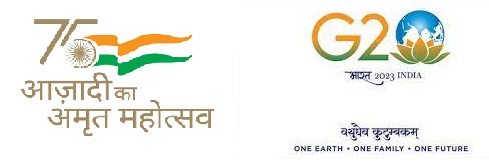By admin on 10 May 2021
English
Programmes Participant Benefits:
- Explain how the fundamentals of machine design and behaviour are reflected in the vibration measurements.
- Reduce machine vibration data into usable plot formats.
- Explain which plot formats are best to use in the different stages of machine diagnostics.
- Describe the causes, effects and indicators of the typical machine malfunctions including recognition of problems such as unbalance, misalignment, rubs, shaft cracks and fluid induced instabilities.
Programmes Course Coverage:
Introduction to Machinery Management & Diagnostics.
Phase Measurements.
Steady State Data Formats.
Fundamental Synchronous Rotor Response.
Single Plane Balance Response.
Transient Data Formats.
Plot Interpretation.
Multiplane Balance Response.
Partial Radial Rubs.Preloads and Radial Position Measurements. Fluid-Induced Instabilities. Shaft Crack Detection. Case History Workshop.
Programmes Methodology:
Lecture, Discussion, Practical, Case-study etc.
Programmes Who May Attend:
Engineers interpreting machine vibration and position data to determine machine condition. Engineers involved in the design, acceptance testing and maintenance of rotating machinery. Engineers who want to learn about machinery vibration diagnostics. (Maximum 08 participants and nominations are to be approved by CC-OS
Programmes Coordinators:
S K Majumdar,AGM & Sr. Faculty Member (PMI)
Programme Overview and Objective:
The program focuses on meeting the competency requirements of a specialist vibration analyst, as per the ISO 20816-1:2016 guidelines, for undertaking machine vibration measurements and analysis using portable and permanently installed sensors and equipment. The classroom inputs will be followed up by the certification examination by eminent vibration specialist panel.
Programmes Category:
Programmes Venue:
PMI, Noida
Programmes Open to External Paid Participants:
Programmes Open to CRM Participants:
Programmes Residential/Non-residential:
Programmes Start Date:
Monday, July 5, 2021
Programmes End Date:
Friday, July 9, 2021
Programmes No of Days:
5
Programmes Category Email:
Training Coordinator Employee Number:
4555
Training Coordinator Mobile Number:
9650994625
Organizer - Abbreviation:
PMI
Organizer - Name:
Power Management Institute
Need Based/Competency Based:

